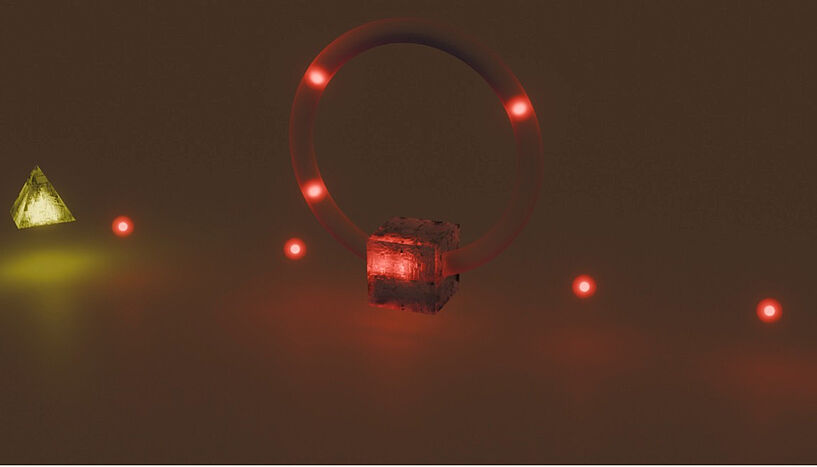
In what has become a familiar refrain when discussing artificial intelligence (AI)-enabled technologies, voice cloning makes possible beneficial advances in accessibility and creativity while also enabling increasingly sophisticated scams and deepfakes. To combat the potential negative impacts of voice cloning technology, the U.S. Federal Trade Commission (FTC) challenged researchers and technology experts to develop breakthrough ideas on preventing, monitoring and evaluating malicious voice cloning.
Ning Zhang, an assistant professor of computer science and engineering in the McKelvey School of Engineering at Washington University in St. Louis, was one of three winners of the FTC’s Voice Cloning Challenge announced April 8...
Read More









Recent Comments